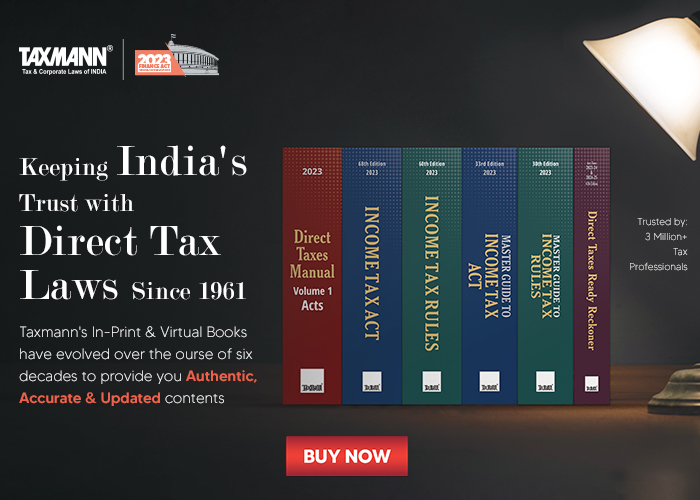Weekly Round-up on Tax and Corporate Laws | 6th to 10th January 2025
- Blog|Weekly Round-up|
- 9 Min Read
- By Taxmann
- |
- Last Updated on 14 January, 2025
This weekly newsletter analytically summarises the key stories reported at taxmann.com during the previous week from January 06th to 10th, 2025, namely:
- Fraudulent income from forged challans is taxable even if fully recovered by Govt in subsequent years: ITAT;
- Manual entry of HSN to be replaced by choosing correct HSN from given dropdown in table 12 of GSTR-1: GSTN Update;
- GSTN enables filing of “Application for Rectification” as per Notification No. 22/2024-CT;
- SEBI updates guidelines for IAs and RAs to strengthen Client Trust and Market Efficiency;
- NFRA’s auditor-audit committee interaction series: Enhancing audit quality and ECL framework implementation; and
- ASB of ICAI invites comments on exposure draft of Ind AS 118, Presentation and Disclosure in Financial Statements.
1. Fraudulent income from forged challans is taxable even if fully recovered by Govt in subsequent years: ITAT
Assessee, a chartered accountant, obtained refunds from the income tax department by producing forged challans. After the search and seizure operation, the Assessing Officer (AO) added such forged amount to the respective assessment years in which the assessee obtained fraudulent refunds contending that the assessee had defrauded the Govt. of India to the extent of the said amount by entering into illegal activity of encashment of refunds based on fraudulent challans.
The assessee contended that the government of India had fully recovered the alleged misappropriation of income tax refunds or money receipts. Hence, it did not constitute income chargeable to tax.
On appeal, CIT(A) confirmed the additions made by AO and the matter reached before the Ahmedabad Tribunal.
The Tribunal held that the case presented a peculiar situation where the income, accrued fraudulently by the assessee, was parked in the accounts of his family’s HUF and further leveraged for economic benefits, such as investments and financial gains. The assessee had accepted engaging in the fraudulent activity, which resulted in tangible control and dominion over the funds. This conduct, coupled with the economic benefits derived from the tainted money, reinforces the principle that such income must be attributed to the assessee for tax purposes. While the taxability of the economic benefits derived from such fraudulent income is beyond the current scope, the fact that the assessee leveraged these funds for personal gains adds weight to the case for taxing the income in the year of accrual. This aligns with the established principle that income, once accrued or received, irrespective of its legality, must be taxed under the Income-tax Act, 1961.
It is an undisputable fact that the assessee has admitted to fraudulently earning income and parking the same in the accounts operated by him. The deliberate act of parking funds in the accounts he operates does not absolve the assessee of the taxability of such income. The assessee had dominion over the funds and utilized them for economic gains, including investments. This clearly establishes that the income accrued to the assessee, making it taxable in his hands. The principle that tainted or illegal income is taxable has been well established in law. The illegality of the source does not absolve the recipient from tax liability.
Further, Section 2(24) is an inclusive definition and does not differentiate between the legality or illegality of earning income. The income tax department does not condone the illegal activity of claiming fraudulent income from the government’s exchequer by subjecting the amount to tax as per the statute. The taxation of the illegal amounts earned as per the rates provided in the income-tax statute cannot be deemed to have given the assessee the right to usurp or enjoy the remaining illegal amounts.
Taxability arises at the point of accrual or receipt. Even if the income is later restituted or recovered, its taxability remains unaffected for the year of accrual. Subsequent adjustments do not negate the taxability for the original period, for the matter, generation, recovery and restitution are separate transactions. Thus, restitution or recovery is treated independently for taxation purposes. Taxability remains intact for the year of accrual, and recovery does not create a retroactive exemption.
Therefore, the additions made by AO were to be confirmed.
Read the Ruling
2. Manual entry of HSN to be replaced by choosing correct HSN from given dropdown in table 12 of GSTR-1: GSTN Update
The GSTN has issued an advisory to inform that now Phase-III regarding Table 12 of Form GSTR-1 & Form GSTR-1A is being implemented, from return period January 2025. In this phase manual entry of HSN has been replaced by choosing correct HSN from given Drop down and the corresponding description will auto-populate in the ‘Description as per HSN Code’ field from the HSN Master.
Additionally, these new validations will cross-check the reported values for B2B and B2C supplies with corresponding data in other tables of Form GSTR-1. In cases of amendments, only the differential values will be validated. These validations will initially be in warning mode, enabling taxpayers to file returns despite any discrepancies. In case B2B supplies are reported in other tables of GSTR-1, B2B tab of Table-12 cannot be left blank. In this regard, GSTN Update dated January 10th, 2025 has been issued.
Read the GSTN Update
3. GSTN enables filing of “Application for Rectification” as per Notification No. 22/2024-CT
The GSTN has issued an advisory to inform that a functionality has been made available on the GST portal for taxpayers to file an application for rectification of order confirming demand due to the wrong availment of input tax credit, arising from the contravention of the provisions of Section 16(4) as per Notification No. 22/2024-CT. Such ITC has now become eligible under the provisions of Section 16(5) and Section 16(6) and taxpayers can file a rectification application for orders issued under Section 73 and Section 74 of the CGST Act.
To file an application for rectification of such orders, the taxpayer is required to navigate to Services > User Services > My Applications, select ‘Application for rectification of order’ in the Application Type field, and click on the ‘NEW APPLICATION’ button
A proforma in ‘Annexure A’ for containing the details of demand order has been provided on GST portal for download in word format. This proforma is required to be uploaded after entering the details of the demand order for which the rectification application needs to be filed. In this regard, GSTN Update dated January 7th, 2025 has been issued.
Read the GSTN Update
4. SEBI updates guidelines for IAs and RAs to strengthen Client Trust and Market Efficiency
On January 8, 2025, the Securities and Exchange Board of India (SEBI) introduced two detailed circulars aimed at improving and strengthening the regulatory frameworks for Research Analysts (RAs) and Investment Advisers (IAs). These guidelines focus on compliance, transparency, and accountability to build trust and improve efficiency within the securities market. The guidelines cover important aspects such as deposit requirements, dual registrations, the use of artificial intelligence tools, and client-level activity segregation. Below are the key highlights of the updated regulatory guidelines –
(a) RAs and IAs must maintain a deposit with a scheduled bank in favour of RAASB and IAASB respectively
As per Regulation 8 of the respective SEBI regulations, both Research Analysts (RAs) and Investment Advisers (IAs) must maintain a deposit based on the maximum number of clients handled on any day of the previous financial year. The deposit must be maintained with a scheduled bank marked as lien in favour of Investment Adviser Administration and Supervisory body (IAASB) and Research Analyst Administration and Supervisory body (RAASB) respectively, in the manner and form as may be specified.
The deposit amount depends on the number of clients. For up to 150 clients, the deposit amount is Rs 1 lakh. If the number of clients ranges from 151 to 300, the deposit increases to Rs 2 lakh. For those handling between 301 and 1000 clients, the required deposit is Rs 5 lakh. Lastly, for more than 1001 clients, the deposit amount is Rs 10 lakh. This structure ensures that the deposit amount aligns with the scale of operations and client base of the adviser or analyst.
In addition to maintaining deposits, RAs and IAs are required to revise the deposit amounts annually based on the maximum number of clients handled during the previous financial year. Also, the existing RAs and IAs must ensure compliance with the deposit requirement by 30.04.2025 & 30.06.2025.
(b) Individuals and entities permitted to have dual registration to offer research services and advisory services
Under Regulation 9 of the SEBI (Investment Advisers) Regulations, 2013, and SEBI (Research Analysts) Regulations, 2014, individuals or partnership firms registered as either IAs or RAs may apply for dual registration. This allows certification under both frameworks, subject to the following conditions:
(i) Eligibility Requirements: A Research Analyst registered under the RA Regulations may obtain certification as an Investment Adviser under the IA Regulations, and vice versa. Applicants must comply with the rules and reporting requirements of both IA and RA Regulations separately.
(ii) Segregation of Services: The dual registrant must maintain a clear separation between IA and RA activities to avoid potential conflicts of interest.
(c) Registration as Part-Time Investment Adviser (IA) and Part-Time Research Analyst (RA)
(i) Definition: A part-time IA/RA is an individual or firm engaged in unrelated business activities, not handling client funds or providing investment advice.
(ii) Eligibility: Applicants engaged in activities permitted by financial sector regulators (e.g., ICAI, ICSI, ICMAI) are eligible for registration as part-time IAs or RAs.
(iii) Qualifications: Part-time IAs and RAs must meet the same qualification and certification requirements as their full-time counterparts.
(iv) Undertaking: They must ensure a clear separation between advisory/research and other business activities at all stages of client engagement.
(v) Disclosure: They must disclose the nature of their other activities and ensure there is no conflict of interest between their IA or RA services and other business or employment activities.
(d) Appointment of an Independent Professional as Compliance Officer
A non-individual Investment Adviser (IA) or Research Analyst (RA) may appoint an independent professional who is a member of ICAI, ICSI, ICMAI, or another specified professional body, provided the professional holds relevant certification from NISM.
For IA, the appointed professional must hold one of the following NISM certifications:
(i) NISM-Series-X-A: Investment Adviser (Level 1) Certification
(ii) NISM-Series-X-B: Investment Adviser (Level 2) Certification
(iii) NISM-Series-X-C: Investment Adviser Certification (Renewal)
(iv) NISM-Series-III A: Securities Intermediaries Compliance (Non-Fund) Certification
For RA, the appointed professional must hold one of the following NISM certifications:
(i) NISM-Series-XV: Research Analyst Certification
(ii) NISM-Series-XV-B: Research Analyst Certification (Renewal)
(iii) NISM-Series-III A: Securities Intermediaries Compliance (Non-Fund) Certification.
(e) Use of Artificial Intelligence (AI) Tools in providing Research and Investment Advisory Services
In terms of Regulation 24(7) of the RA Regulations and Regulation 15(14) of the IA Regulations, research analysts (RAs) and investment advisers (IAs) using AI tools for client services are solely responsible for the security, confidentiality, and integrity of client data. They must also ensure compliance with applicable laws and regulations regarding the use of AI tools in research or investment advice.
Both RAs and IAs are now required to disclose to clients the extent of AI tool usage in providing research or investment services. This disclosure must be made at the time of disclosing the terms and conditions of the research services to the client. For IAs, additional disclosures should be made when entering into agreements with clients.
(f) Conclusion
SEBI’s guidelines aim to enhance transparency, compliance, and client protection within the financial advisory and research sectors. These measures are designed to promote a more secure and efficient market while ensuring that Investment Advisers and Research Analysts operate with a higher level of accountability, professionalism, and client trust.
Read the Circular
5. NFRA’s auditor-audit committee interaction series: Enhancing audit quality and ECL framework implementation
The National Financial Reporting Authority (NFRA) is committed to enhancing financial reporting and audit quality by fostering collaboration between auditors and audit committees. Through its Auditor-Audit Committee Interaction Series, NFRA aims to address critical issues, improve transparency, and ensure compliance with regulatory standards, strengthening public and investor confidence.
The inaugural topic of the above mentioned series focuses on Expected Credit Losses (ECL) under Ind AS 109, Financial Instruments, which replaces the incurred loss model with a forward-looking approach. ECL emphasizes early identification of credit risks using probability-weighted outcomes, time value of money, and historical and future conditions. This framework, applicable to financial assets like loans and trade receivables, requires significant judgment and collaboration among management, auditors, and experts.
In this series i.e. Audit of Accounting Estimates and Judgments Part 1 – Expected Credit Losses – Ind AS 109, NFRA highlights challenges in ECL implementation, including the need for robust methodologies, reliable credit risk systems, and alignment with global standards like those of the Basel Committee on Banking Supervision (BCBS). Auditors are encouraged to follow RBI guidance and adhere to auditing standards such as SA 540 on accounting estimates and SA 701 on key audit matters.
To address these challenges, Section 177 of the Companies Act, 2013, mandates audit committees to review financial statements, auditors’ reports, and internal controls. SEBI regulations also require oversight of complex estimates like ECL. By critically evaluating ECL models, assumptions, and expert involvement, audit committees can meet regulatory expectations and ensure effective collaboration with auditors.
Through this initiative, NFRA aims to improve audit quality, foster trust, and ensure transparency in financial reporting.
Read the Story
6. ASB of ICAI invites comments on exposure draft of Ind AS 118, Presentation and Disclosure in Financial Statements
The Accounting Standards Board (ASB) of the Institute of Chartered Accountants of India (ICAI) has invited public comments on the Exposure Draft of Ind AS 118, focusing on presentation and disclosure requirements in financial statements. Aligned with IFRS 18, Presentation and Disclosure in Financial Statements issued by the International Accounting Standards Board (IASB) in April 2024, Ind AS 118 introduces a revised framework for categorizing income and expenses into operating, investing, financing, income taxes, and discontinued operations. It also defines new profit or loss subtotals and emphasizes enhanced disclosures, including management-defined performance measures, to improve clarity and comparability globally.
The draft of Ind AS 118, aligned with IFRS 18 effective from January 1, 2027, is set for adoption in India starting April 1, 2027. It is available for public review on the ICAI website, inviting stakeholders, including professionals and academics, to submit comments by April 6, 2025.
Read the Story
Disclaimer: The content/information published on the website is only for general information of the user and shall not be construed as legal advice. While the Taxmann has exercised reasonable efforts to ensure the veracity of information/content published, Taxmann shall be under no liability in any manner whatsoever for incorrect information, if any.
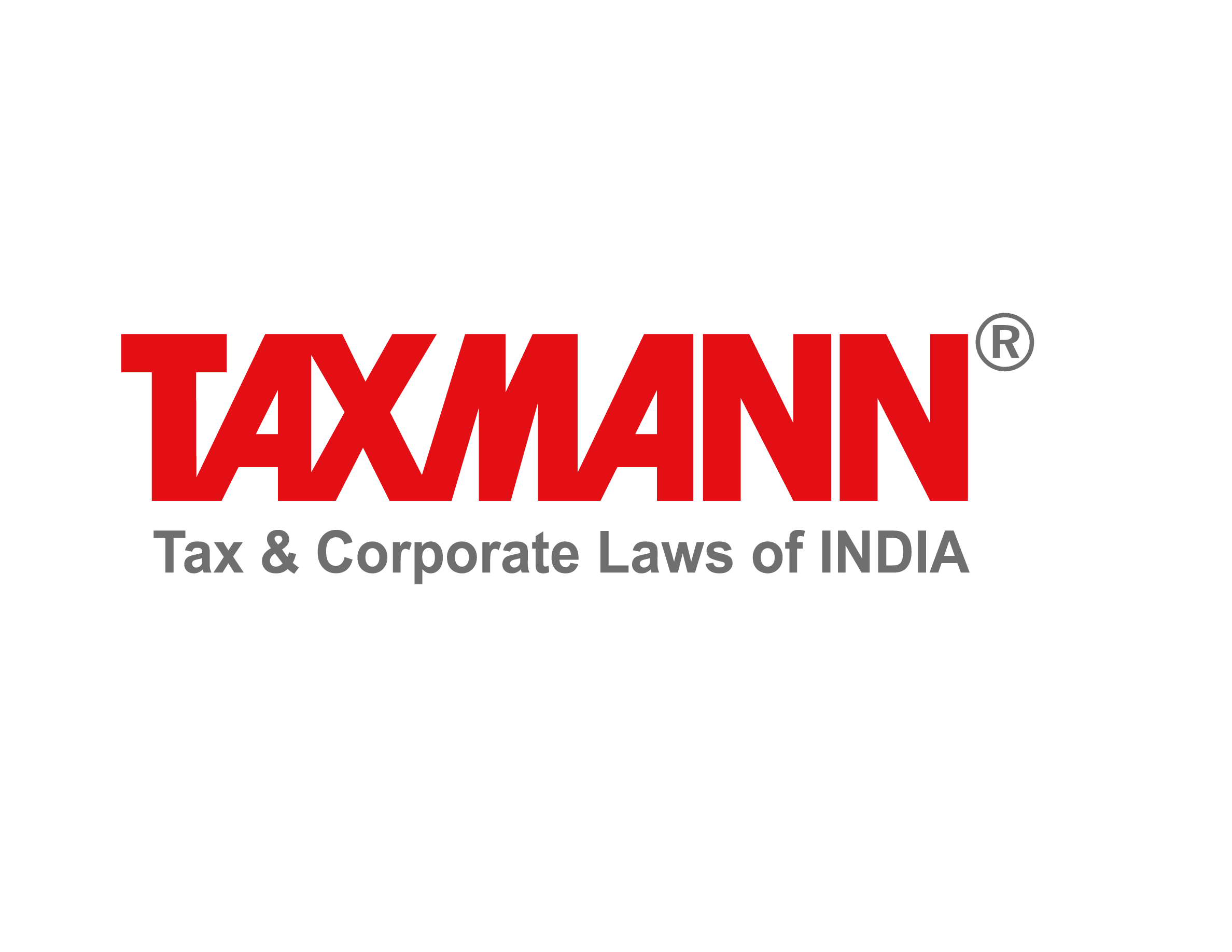
Taxmann Publications has a dedicated in-house Research & Editorial Team. This team consists of a team of Chartered Accountants, Company Secretaries, and Lawyers. This team works under the guidance and supervision of editor-in-chief Mr Rakesh Bhargava.
The Research and Editorial Team is responsible for developing reliable and accurate content for the readers. The team follows the six-sigma approach to achieve the benchmark of zero error in its publications and research platforms. The team ensures that the following publication guidelines are thoroughly followed while developing the content:
- The statutory material is obtained only from the authorized and reliable sources
- All the latest developments in the judicial and legislative fields are covered
- Prepare the analytical write-ups on current, controversial, and important issues to help the readers to understand the concept and its implications
- Every content published by Taxmann is complete, accurate and lucid
- All evidence-based statements are supported with proper reference to Section, Circular No., Notification No. or citations
- The golden rules of grammar, style and consistency are thoroughly followed
- Font and size that’s easy to read and remain consistent across all imprint and digital publications are applied
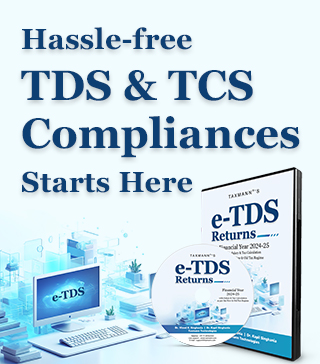
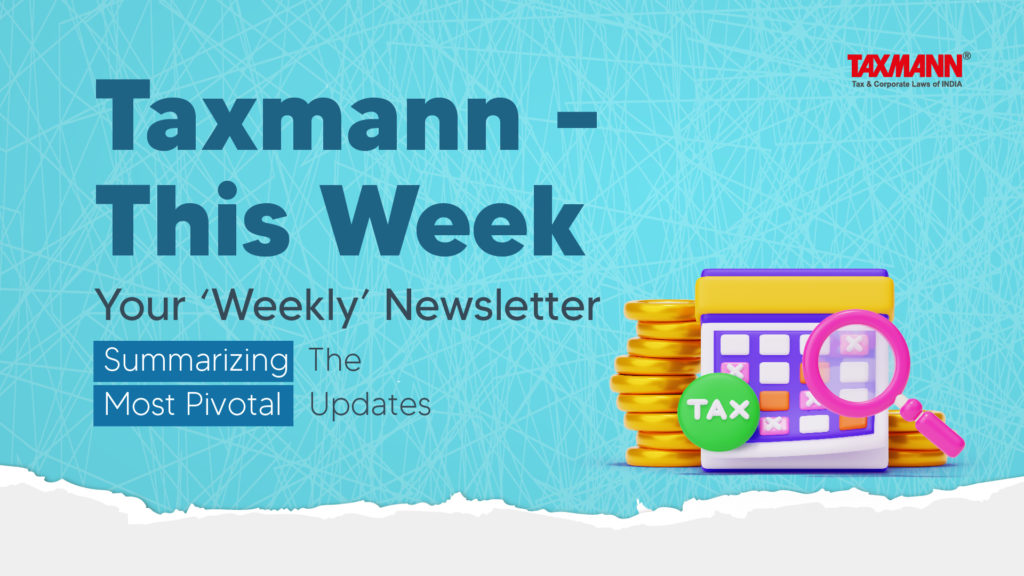

![Taxmann's [Virtual] Masterclass on UAE Corporate Tax](https://www.taxmann.com/post/wp-content/uploads/2024/12/UAE_Webinar_Blog-Image.jpg)



![Taxmann’s Criminal Laws Combo [Bare Act with Section Notes] – BNS | BNSS | BSA [2025 Edition]](https://www.taxmann.com/post/wp-content/uploads/2025/01/Bare-Act-with-Section-Notes-COMBO-9789364550000-9789364557122-9789364555951_Blog-Image.jpg)
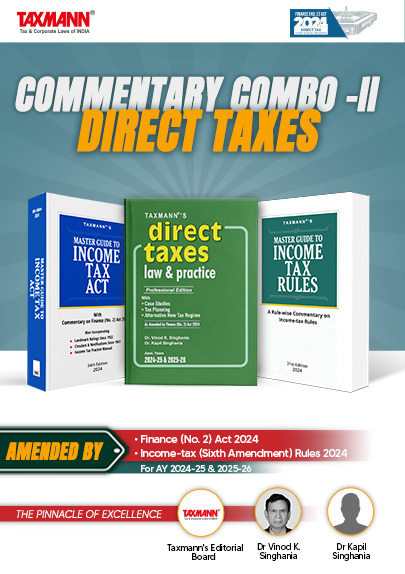
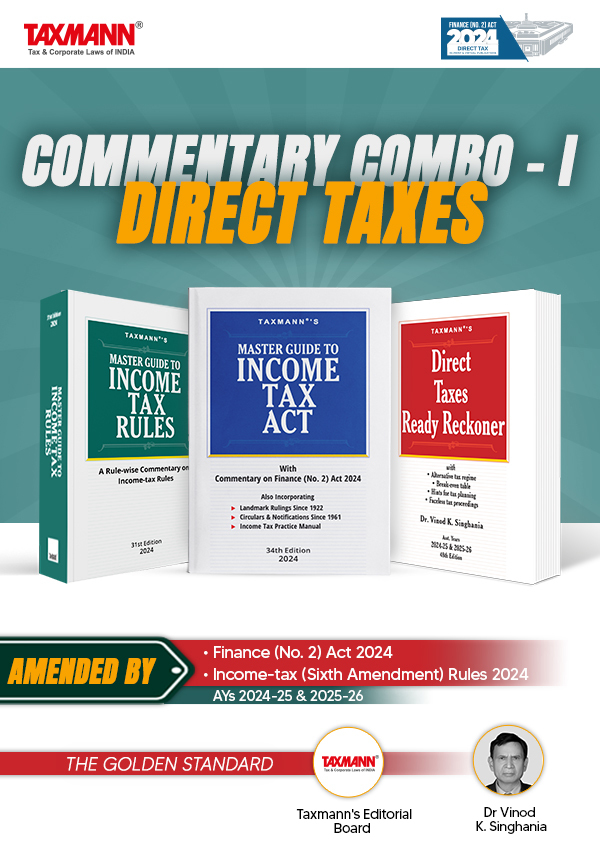
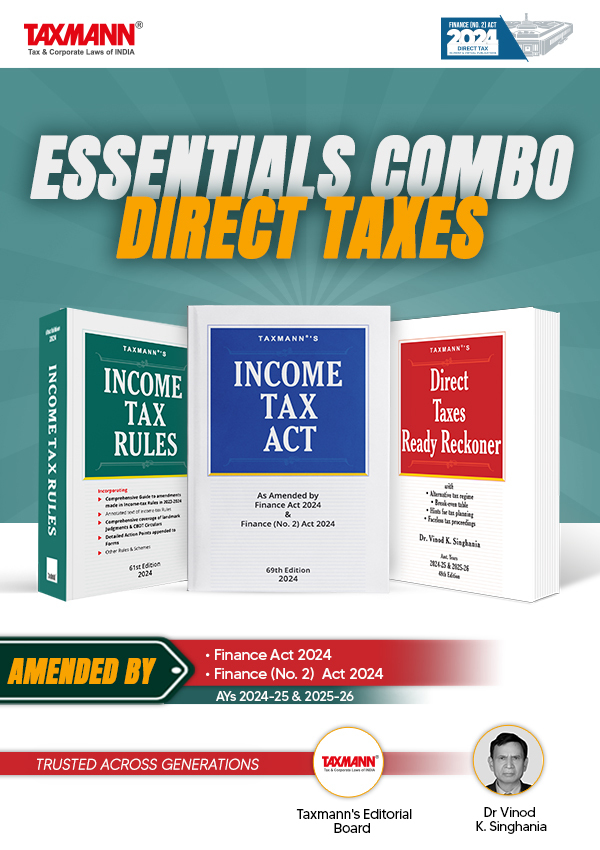
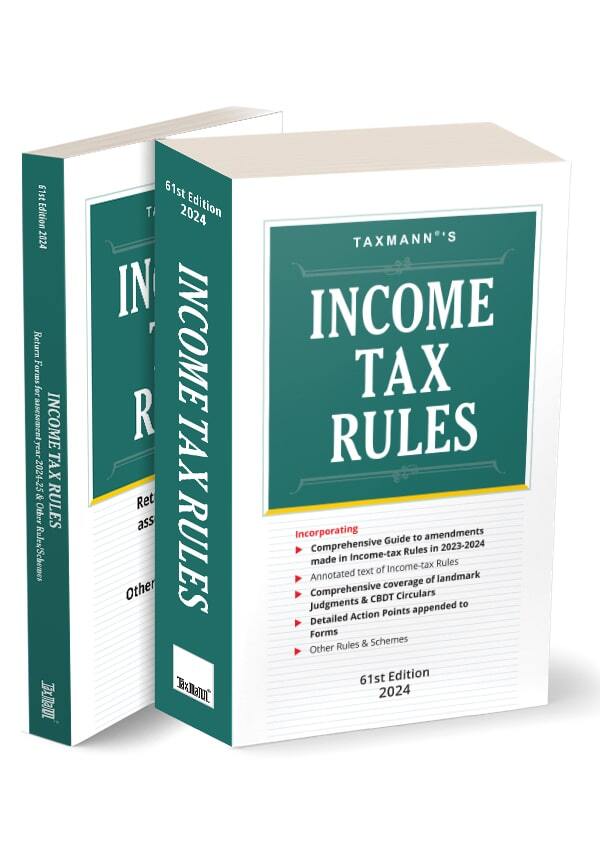


 CA | CS | CMA
CA | CS | CMA


